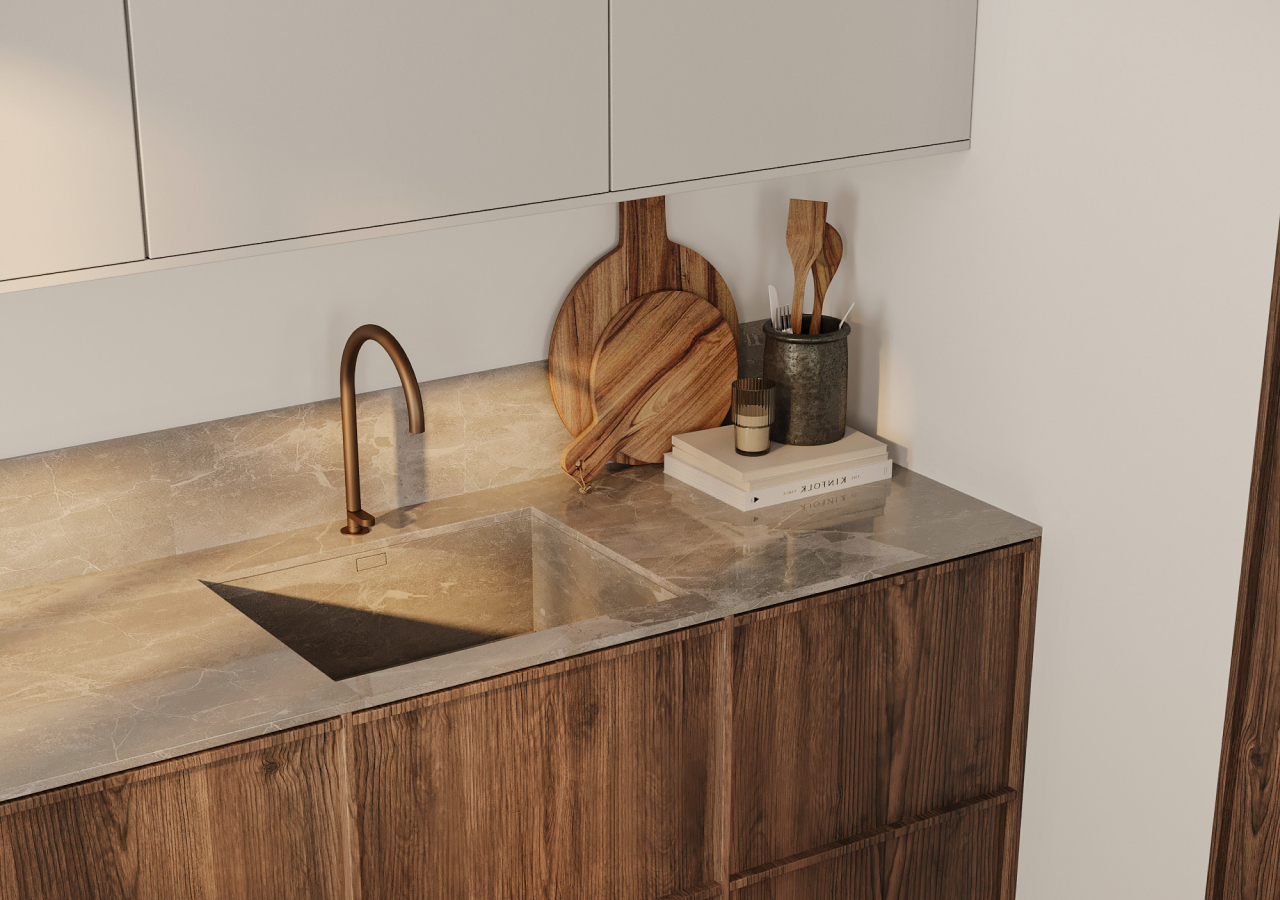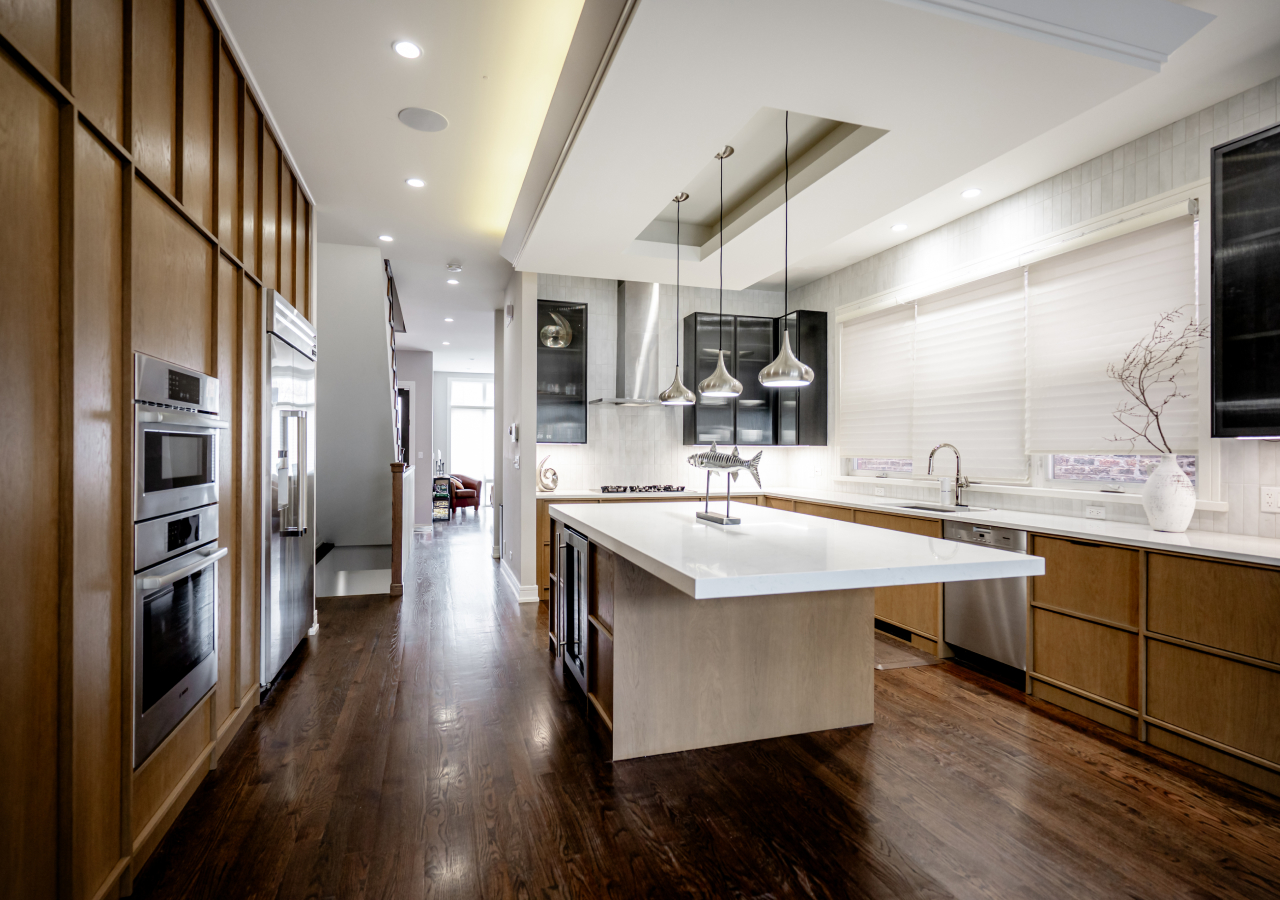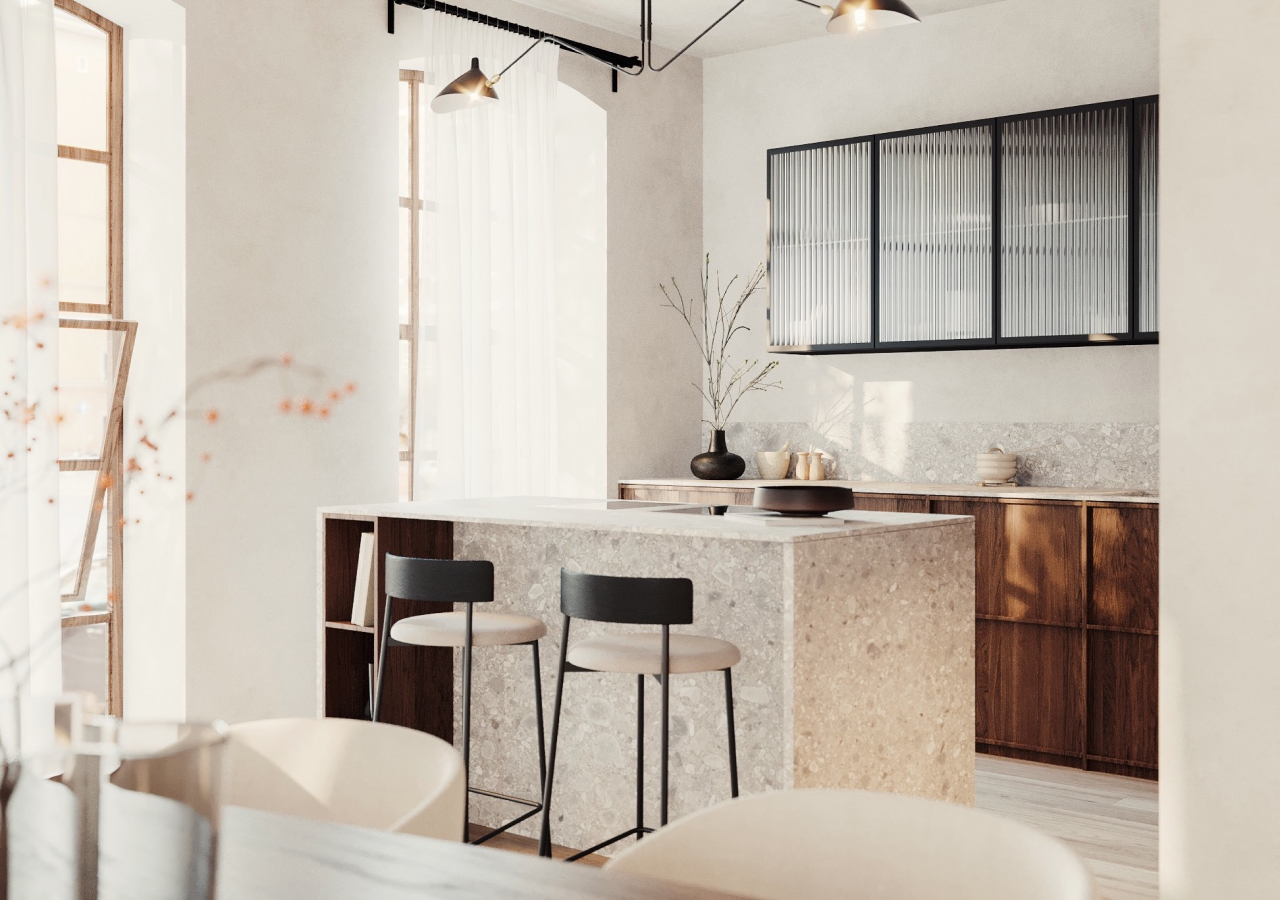Kitchen renovation is always a serious financial investment and an important responsibility. However, with the right approach, you can significantly reduce costs without compromising on quality and comfort. The main thing is to carefully think through your plan and make informed choices about materials. Even if your budget is limited, you can create a stylish and functional space if you approach the renovation wisely.
The key is to prioritize important tasks and use modern materials that look expensive but cost significantly less. In this article, we will share three simple but very effective rules that will help you save up to 40% on renovations without sacrificing quality and durability.
1. Set Your Priorities

Start by not spreading your budget across all elements of the project. To avoid overspending, focus on those aspects that really affect the functionality, durability, and comfort of your home. These may include layout, lighting, built-in cabinets, and other key elements that determine the convenience and practicality of the space. Decorative elements, on the other hand, can be left in the background, especially if they are easy to replace.
Design Tip:
A well-designed kitchen layout, for example, can serve you for decades, while stylish fittings or accessories can be updated at any time without spending a lot of money. This will allow you to create a space that is comfortable and durable.
2. Choose Smart Materials (Not the Expensive Ones)

When it comes to materials, luxury does not always mean high cost. Modern technologies allow the use of materials that are visually comparable to premium-class materials but are significantly less expensive. For example, laminate, artificial stone, or high-quality veneer can imitate expensive finishing materials, while being much easier to maintain and highly durable.
Design Tip:
Consult with a designer to choose materials that perfectly match your style and meet your needs for durability and maintenance. A good designer will always suggest alternatives that will save you money without compromising the quality of the result.
3. Plan Ahead and Stick to the Plan

Changes made during the renovation process can significantly increase costs and delay completion. Each new decision made during the work requires additional material costs and can also cause delays in the project. To avoid these unexpected costs, it is necessary to carefully plan all stages of the work and stick to the established plan.
How to lock the plan (quick checklist)
- Approve layouts and elevations.
- Confirm exact finishes, edge profiles, and hardware.
- Fix appliance models and rough‑in locations.
- Review lighting plan (task, ambient, accent) and switch locations.
- Align on schedule and site rules with your contractor.
How to Properly Budget for a Kitchen Renovation

An important step in preparing for a renovation is budgeting. Many homeowners start a project without a clear idea of how much they are willing to spend. This can lead to unpleasant surprises, especially if the project seems affordable at the start but costs rise during the renovation process.
For example, most kitchen projects land between $40,000 and $80,000, depending on size, materials, and customization. Lower budgets tend to cover targeted refreshes, while full remodels with custom cabinetry and upgraded appliances sit toward the top of that range and may not include furniture or accessories.
To avoid such situations, it is important to determine in advance what level of quality is appropriate for your project. There are various options for choosing materials: you can choose budget-friendly but less durable products, or invest in higher quality ones that will serve you for many years. Often, the best option is a combination of cheaper items with a few high-quality and durable items.
Divide the Budget Between Construction and Furnishing

One of the most common mistakes homeowners make when planning a renovation is not dividing the budget between construction and finishing work, as well as furnishing. As a result, most of the money goes toward renovating the space, leaving little or nothing for furnishing and decorating.
For example, when the contractor finishes all the construction work—laying floors, painting walls, installing lighting—your space looks great, but it still feels empty and unfinished. To complete the interior, you need to invest in furniture, accessories, and decor.
Approach budgeting in such a way that you have funds not only for the main work, but also for the purchase of furniture, decorative elements, and other details that will create a complete picture. Proper budget allocation between construction and furnishing will help you avoid dissatisfaction with an unfinished space.
Step‑by‑step: Build your budget
- Define scope (refresh vs full remodel) and square footage.
- Set a ceiling you are comfortable with, then reserve 10–15% as contingency.
- Allocate by category using the tables above.
- Price alternatives (save vs splurge) for each finish.
- Lock specs and schedule to avoid change orders.
Conclusion
Renovations can be costly, but with the right approach and sensible planning, you can save a lot of money. By following these simple rules: set priorities, choose smart materials, and plan everything. You can create a beautiful and functional space without going over budget.
It is important to remember that renovation is not just about choosing expensive items, but also about the art of allocating your funds wisely to get the best results at the lowest cost.

.webp)



